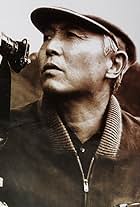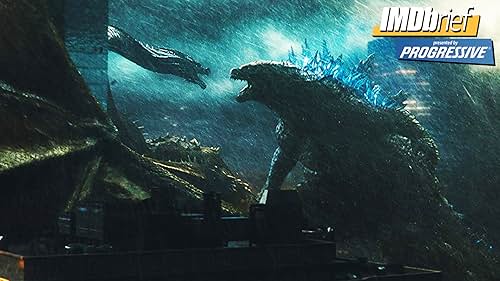Ishirô Honda(1911-1993)
- Director
- Writer
- Second Unit Director or Assistant Director
Influential Japanese film director born May 7th, 1911, often credited
as being the father of Godzilla. His name is a combination of "I" (or
Ino), meaning "boar", and "shirô," meaning fourth son in the family.
Originally, the young Honda had aspirations of becoming an artist;
however, as he entered into his teens, it was cinema that became his
number 1 interest.
He attended Nippon University studying art, but was drafted by the Japanese military and spent nearly eight years in uniform. After a period of imprisonment in China as a P.O.W., he returned to Japan to join Toho Studios, where, soon afterward, he became acquainted with its special effects director, Eiji Tsuburaya. The two worked on a handful of films before collaborating on the ground-breaking epic monster film Gojira (1954). Honda was also at the director's helm for such films as Sora no daikaijû Radon (1956), Chikyû Bôeigun (1957) and its loose sequel Uchû daisensô (1959), Mosura (1961), Matango (1963), and Kaijû sôshingeki (1968). Although the Japanese monster films had been derided by some U.S. critics, Honda was especially proud of his contribution to this rather unique aspect of the fantasy and science fiction genres.
Honda was a life-long friend of fellow Japanese director Akira Kurosawa and worked on several of his landmark films, including Nora inu (1949), Kagemusha (1980) (a.k.a. "Kagemusha the Shadow Warrior"), and Ran (1985).
Honda died at the age of 81 on February 28th, 1993, with Kurosawa delivering the eulogy at his funeral.
He attended Nippon University studying art, but was drafted by the Japanese military and spent nearly eight years in uniform. After a period of imprisonment in China as a P.O.W., he returned to Japan to join Toho Studios, where, soon afterward, he became acquainted with its special effects director, Eiji Tsuburaya. The two worked on a handful of films before collaborating on the ground-breaking epic monster film Gojira (1954). Honda was also at the director's helm for such films as Sora no daikaijû Radon (1956), Chikyû Bôeigun (1957) and its loose sequel Uchû daisensô (1959), Mosura (1961), Matango (1963), and Kaijû sôshingeki (1968). Although the Japanese monster films had been derided by some U.S. critics, Honda was especially proud of his contribution to this rather unique aspect of the fantasy and science fiction genres.
Honda was a life-long friend of fellow Japanese director Akira Kurosawa and worked on several of his landmark films, including Nora inu (1949), Kagemusha (1980) (a.k.a. "Kagemusha the Shadow Warrior"), and Ran (1985).
Honda died at the age of 81 on February 28th, 1993, with Kurosawa delivering the eulogy at his funeral.






































